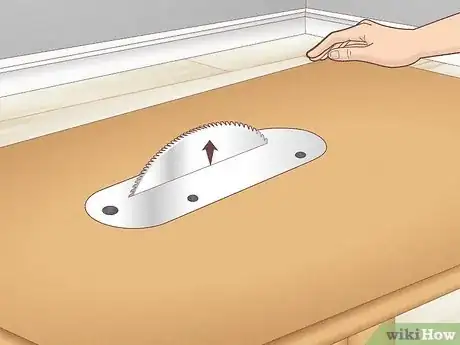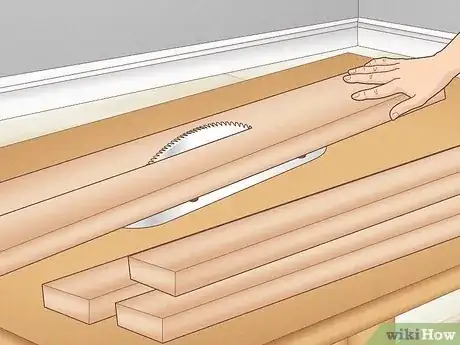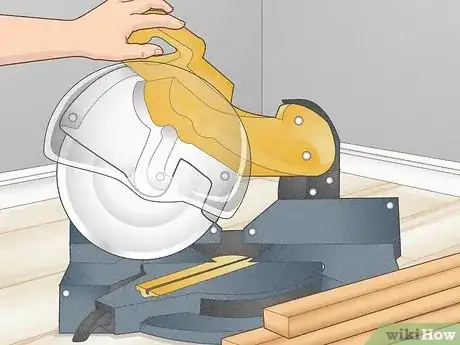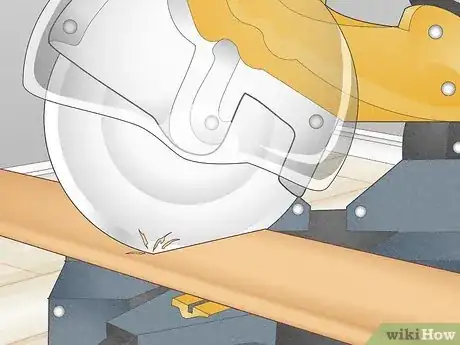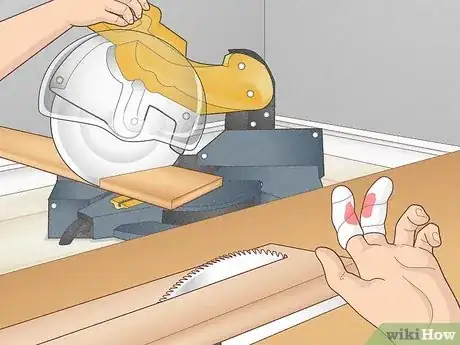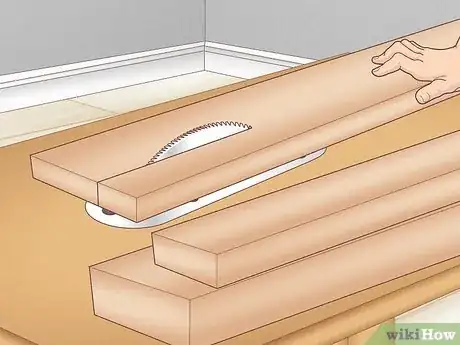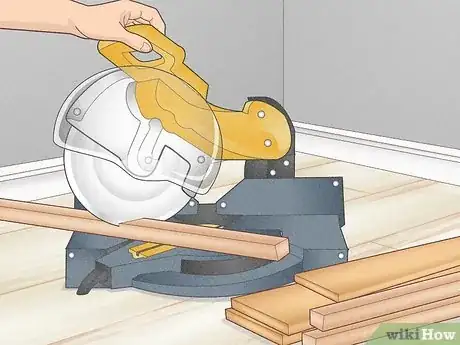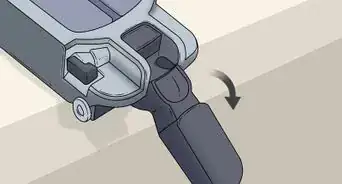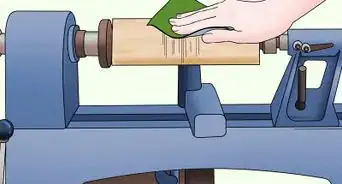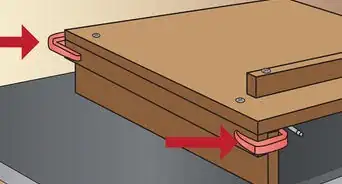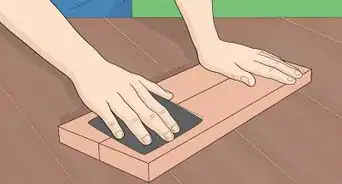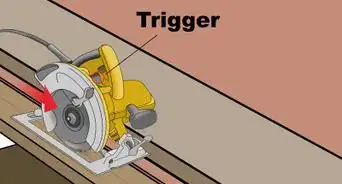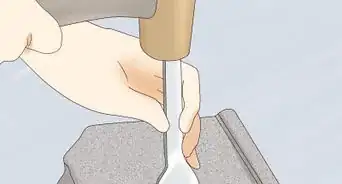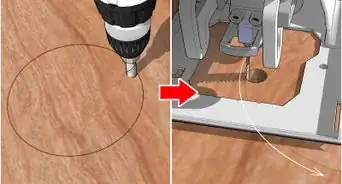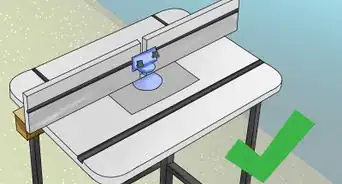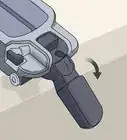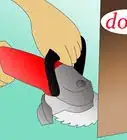This article was co-authored by wikiHow staff writer, Luke Smith, MFA. Luke Smith is a wikiHow Staff Writer. He's worked for literary agents, publishing houses, and with many authors, and his writing has been featured in a number of literary magazines. Now, Luke writes for the content team at wikiHow and hopes to help readers expand both their skillsets and the bounds of their curiosity. Luke earned his MFA from the University of Montana.
Learn more...
You’ve got the goggles, gloves, wood, and plans for your project, now all that’s left is the power tools. But do you go with the table saw or the miter saw? And… what’s the difference, exactly? They’re both very similar tools, and they can accomplish many of the same tasks with ease, but there are some key distinctions you ought to know before reaching for one or the other. We’ll fill you in on what they are, how they work, what they excel in, and which you should reach for to complete your next project.
Things You Should Know
- Table saws are better suited to cutting large pieces of wood, but are a bit more dangerous.
- Miter saws excel at precise, smaller cuts, and are more portable and safer.
- Choose a table saw for general, versatile use in a number of projects, or for projects that require larger cuts.
- Choose a miter saw for a beginner-friendly option for use on smaller projects.
Steps
References
- ↑ https://housegrail.com/table-saw-vs-miter-saw/
- ↑ https://www.sawinery.net/table-saw-vs-miter-saw/
- ↑ https://housegrail.com/table-saw-vs-miter-saw/
- ↑ https://housegrail.com/table-saw-vs-miter-saw/
- ↑ https://www.sawinery.net/table-saw-vs-miter-saw/
- ↑ https://www.electronicshub.org/miter-saw-vs-table-saw/
- ↑ https://www.electronicshub.org/miter-saw-vs-table-saw/
- ↑ https://www.reviewgeek.com/24744/table-saws-versus-miter-saws-which-should-you-get/
- ↑ https://www.reviewgeek.com/24744/table-saws-versus-miter-saws-which-should-you-get/
